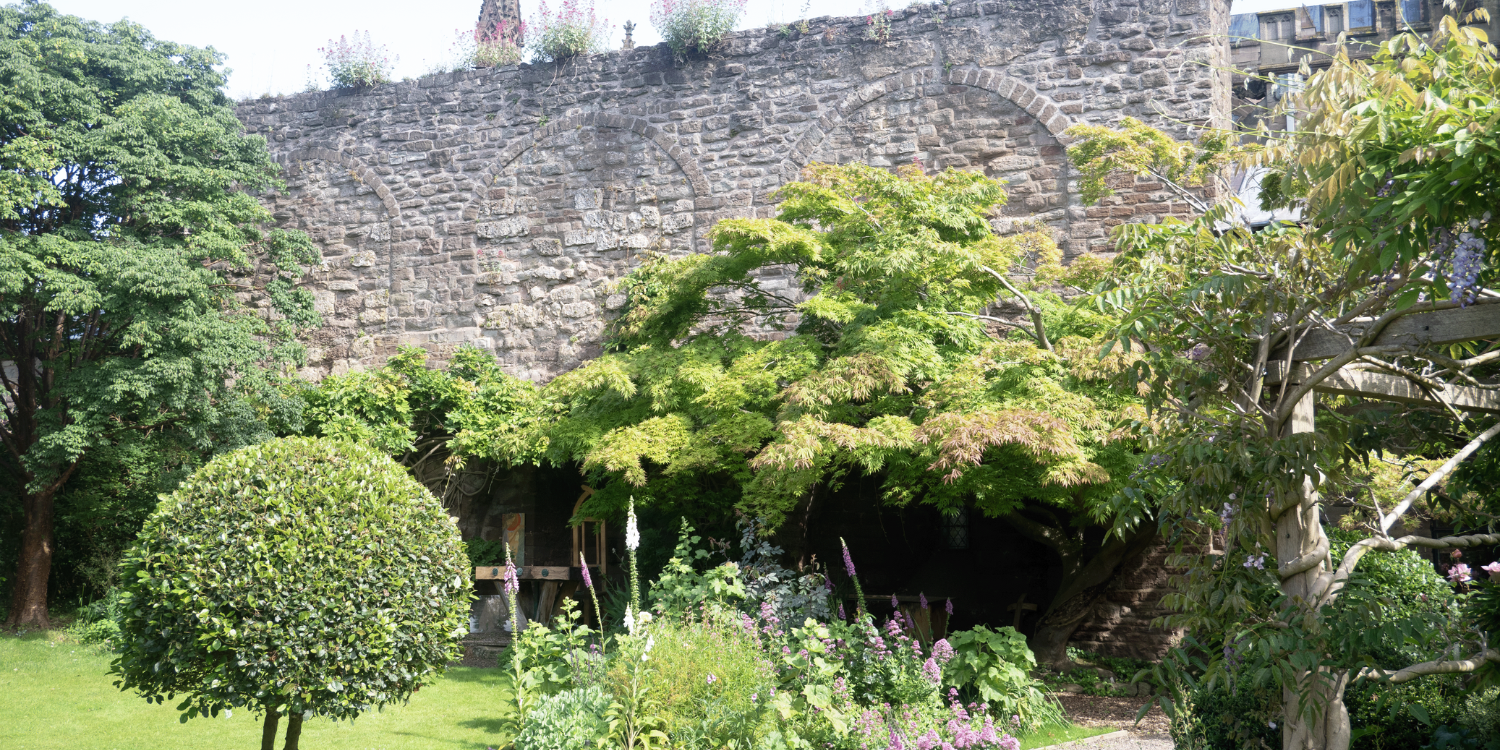1240-1268 Bishop Peter of Aigueblanche, (One report was of his “Fox like cunning and sulphurous stench")
Bishop Peter was unpopular as he brought all his relations from Savoy who spoke in French and was often absent.
Fearful of the Welsh, the bishop and chapter abandoned Hereford for the safety of Gloucester but the King (Edward III) was unimpressed and they were threatened with loss of their stipends. On returning they were taken hostage by Baron Roger Clifford and had to pay 300 marks to be released.
In Hereford the most infamous incident of Peter’s time as bishop was the murder in 1252 of his official, prior Bernard of Champagne. Bernard was the ‘official,’ or senior member of the bishop’s household, and so had a special responsibility to oversee his affairs when he was abroad. Although Peter chose all his officials, Bernard was the one holder of this key post he hadn’t chosen. Bernard seems to have been closely connected to Queen Eleanor (some say he was a cousin) and she had pressed him on Peter. There was tension between the bishop and the chapter in 1252. Six years previously the chapter had gone over the head of the bishop to the pope to gain some protection against possible interference by Peter, and the pope had confirmed various rights and privileges of the chapter. The original papal grant hadn’t cleared up every issue because in 1252 eighteen were again submitted for papal adjudication. One of the most contentious concerns was whether or not the bishop had rights of visitation so that he could investigate the life and workings of the cathedral and institute changes. Again the pope ruled largely in the chapter’s favour and the bishop was told to accept the status quo and not press his claims. In this heated atmosphere, there were threats muttered in Hereford against the bishop’s life. With the bishop abroad Bernard seems to have decided to lead a fight back, not just burning Dean Giles of Avenbury’s barn, but refusing to present him for institution at the church of Clun. (John FitzAlan, Lord of Clun, had requested his institution, and Bernard’s action made an enemy of this important Marcher lord as well.)

Feelings were running very high, and in the summer of 1252 Bernard was murdered by a large group of clerics and lay people in the cathedral-controlled Bishop’s Chapel (on the lower floor of St Mary Magdalen), apparently during mass. This was a sensational event, and Queen Eleanor was said to have been greatly distressed. Henry III demanded justice. Among the suspects were the Norman Henry Boistard, Archdeacon of Hereford, and one of the other canons, Gervase of London. Both were immediately removed from their positions. The chief suspect, a clerk called John of Frome, was held in Newgate Prison but escaped abroad in 1254; the king was so incensed that he slapped a fine of 3000 marks on the citizens of London for having allowed this to happen. The royal warrant for the arrest of Gervase of London in 1256 describes him as being ‘sometime canon of Hereford’. He was soon captured but, strangely, because he was also a royal clerk Henry pardoned him, and he seems to have ended his days as a canon of Lichfield.
It has been suggested that Peter may have been less devastated by this incident than other people. For one thing, Bernard had been foisted on him and now he could have an official of his own choosing again. Also, the removal of two cathedral canons opened up a welcome opportunity for patronage among his own kinsfolk. He did, however, have to go through the motions of contrition, including Bernard in the prayers to be said at the elaborate anniversary commemoration of his own death each year; this was to appease the queen, perhaps, more than to salve his own conscience.